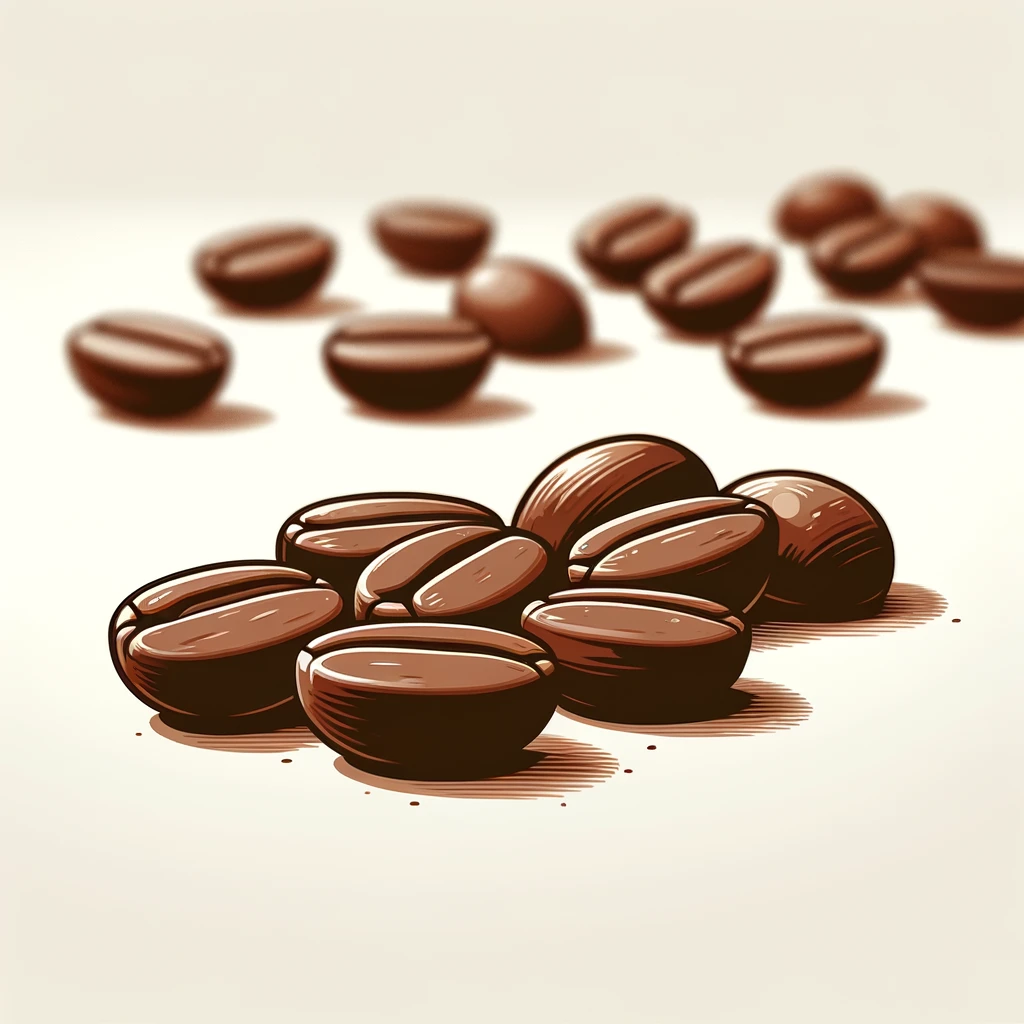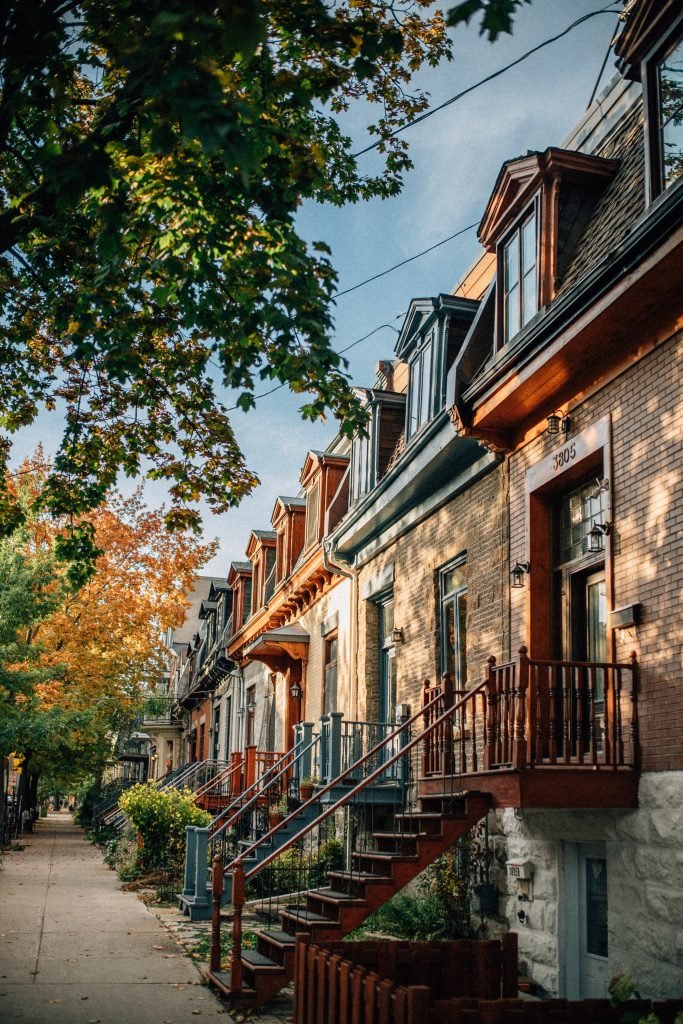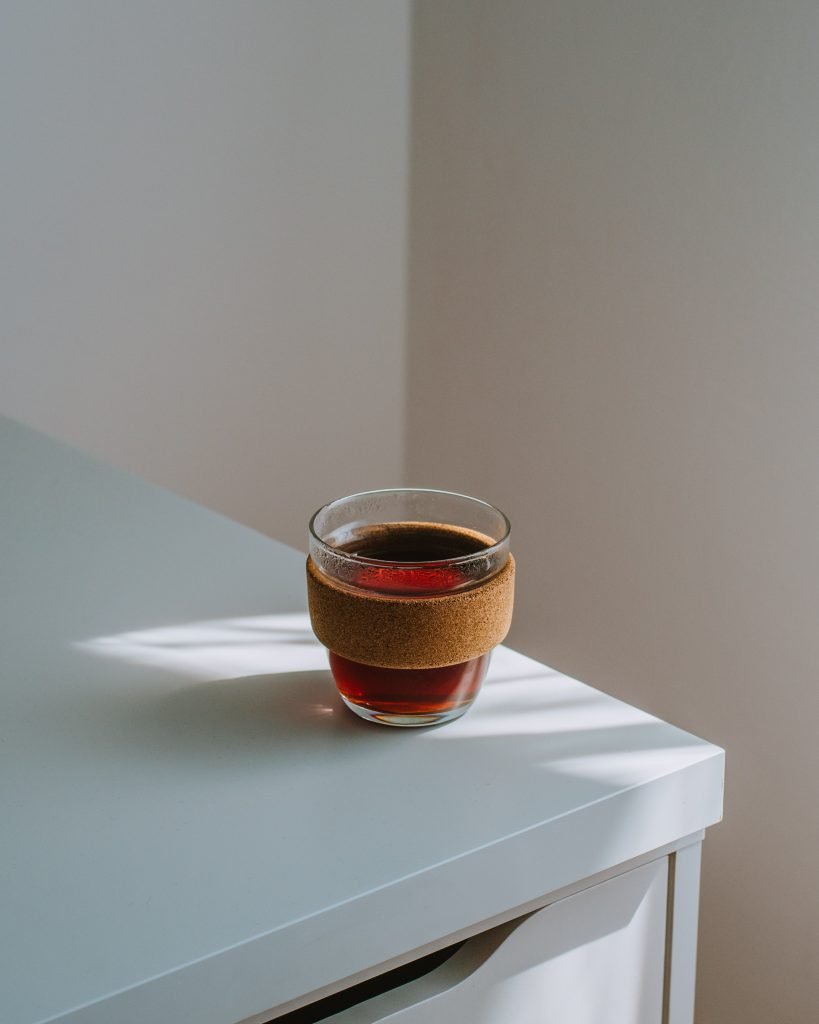

Introduction
Are you a coffee lover looking for a new brewing method to enhance your coffee experience? Look no further than the French Press! This simple, yet effective device allows you to brew a rich and flavorful cup of coffee right in the comfort of your own home.
What is a French Press?
A French Press, also known as a press pot or plunger pot, is a coffee brewing device consisting of a cylindrical carafe, plunger, and a fine mesh filter. It operates on the principle of immersion brewing, where coffee grounds are steeped in water before being filtered out.
Why Use a French Press for Brewing Coffee?
-
Fuller Flavor: The French Press allows for maximum extraction of coffee oils and flavors, resulting in a bolder and more robust cup of coffee.
-
Control Over Brew: With a French Press, you have control over the brewing time and water temperature, allowing you to experiment and tailor your coffee to your taste preferences.
-
No Paper Filters: Unlike other brewing methods, the French Press uses a stainless steel mesh filter, eliminating the need for paper filters and preserving the natural oils and flavors in your coffee.
-
Convenience: The French Press is easy to use and requires no electricity or complicated setup. It's perfect for camping trips or for those who prefer a simple and hassle-free brewing process.
So, if you're ready to elevate your coffee brewing game and enjoy a richer cup of coffee, give the French Press a try!
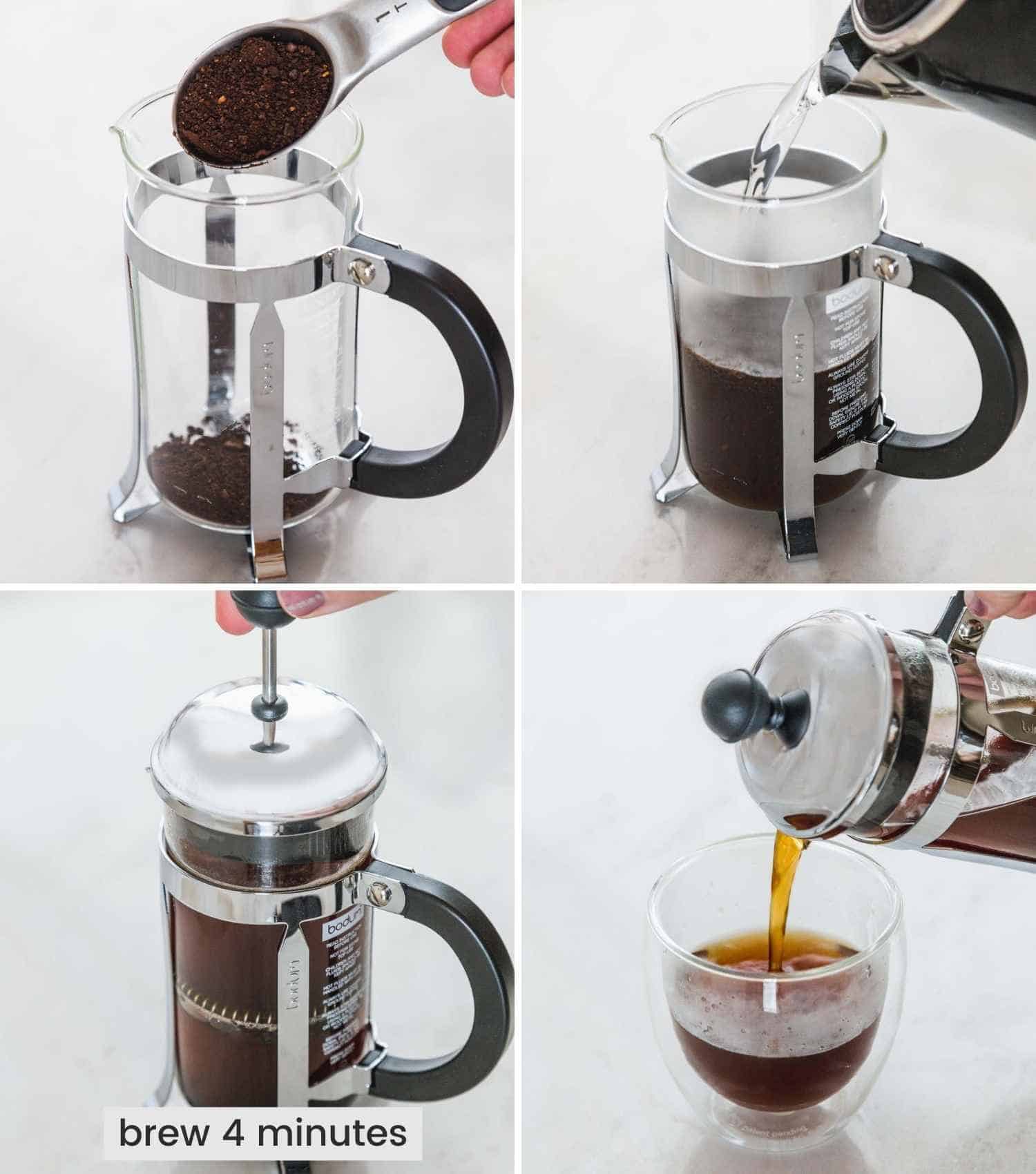
The Anatomy of a French Press
Components of a French Press
When it comes to brewing rich and flavorful coffee, the French press is a popular choice. To understand how it works, it's important to know its various components.
-
Glass Carafe: This is where you pour hot water and coffee grounds. It's heat-resistant and allows you to observe the brewing process.
-
Plunger and Filter Assembly: This is the most critical part of the French press. It consists of a metal filter attached to a rod. The plunger is used to separate the coffee grounds from the brewed coffee.
-
Lid and Spout: The lid is placed on top of the carafe to retain heat during the brewing process. The spout allows for easy pouring of the brewed coffee.
-
Handle: The handle provides a comfortable grip while serving the coffee.
Understanding the Plunger and Filter Assembly
The plunger and filter assembly play a crucial role in the French press brewing process:
-
Filter: The metal filter has a fine mesh that allows oils and flavor to pass through while trapping the coffee grounds. It ensures that the final brew is smooth and free of sediments.
-
Plunger: The plunger is used to push the filter down after the coffee has brewed. This separates the brewed coffee from the grounds, preventing further extraction and helping to achieve the desired strength.
By understanding the anatomy of a French press and how its components work together, you can brew coffee to perfection and enjoy a flavorful cup every time. Remember to follow the proper brewing process and experiment with different coffee-to-water ratios to find your preferred taste. Happy brewing!
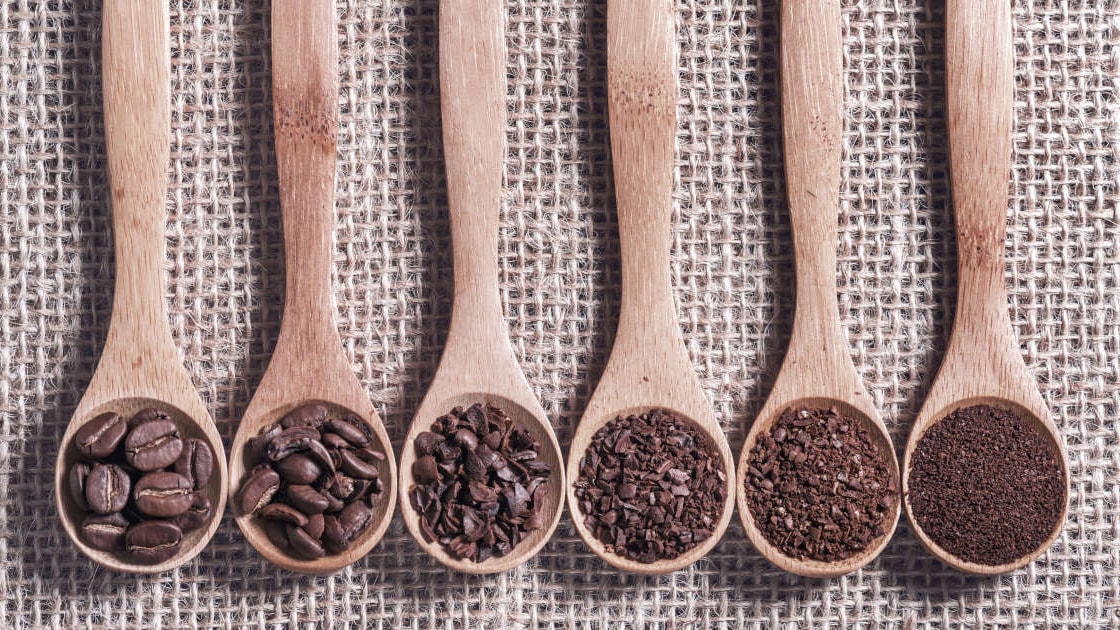
Step-by-Step Guide to Brewing Coffee with a French Press
Choosing the Right Coffee and Grind Size
When it comes to brewing coffee with a French press, the first step is to select the right coffee beans and grind size. For a rich and flavorful cup of coffee, choose freshly roasted beans. Opt for a medium to coarse grind size, as a finer grind can result in over-extraction and a bitter taste.
Measuring and Adding Coffee
Next, measure the desired amount of coffee based on your personal preference and the size of your French press. A general guideline is to use a ratio of 1:15, which means 1 gram of coffee for every 15 grams of water. Add the coffee grounds to the bottom of the French press.
Heating and Adding Water
Bring water to a boil and let it cool for about 30 seconds to 1 minute. The ideal water temperature for brewing coffee with a French press is around 200°F (93°C). Slowly pour the hot water over the coffee grounds, saturating them evenly. Be careful not to fill the French press to the brim.
Steeping and Blooming Process
Allow the coffee to steep for about 4 minutes. During this time, the coffee grounds will release their flavors and aroma. As the coffee steeps, you may notice a blooming effect, where the coffee grounds rise to the top and create a frothy layer. This is a natural process and indicates that the coffee is brewing properly.
Plunging and Pouring
After the steeping process, press the plunger gently but firmly to separate the coffee grounds from the liquid. Slowly pour the brewed coffee into your cup, taking care to avoid any remaining sediment at the bottom of the French press. Enjoy your freshly brewed coffee!
Remember, experimenting with different coffee beans, grind sizes, and steeping times will help you find the perfect cup of French press coffee that suits your taste preferences. Happy brewing!
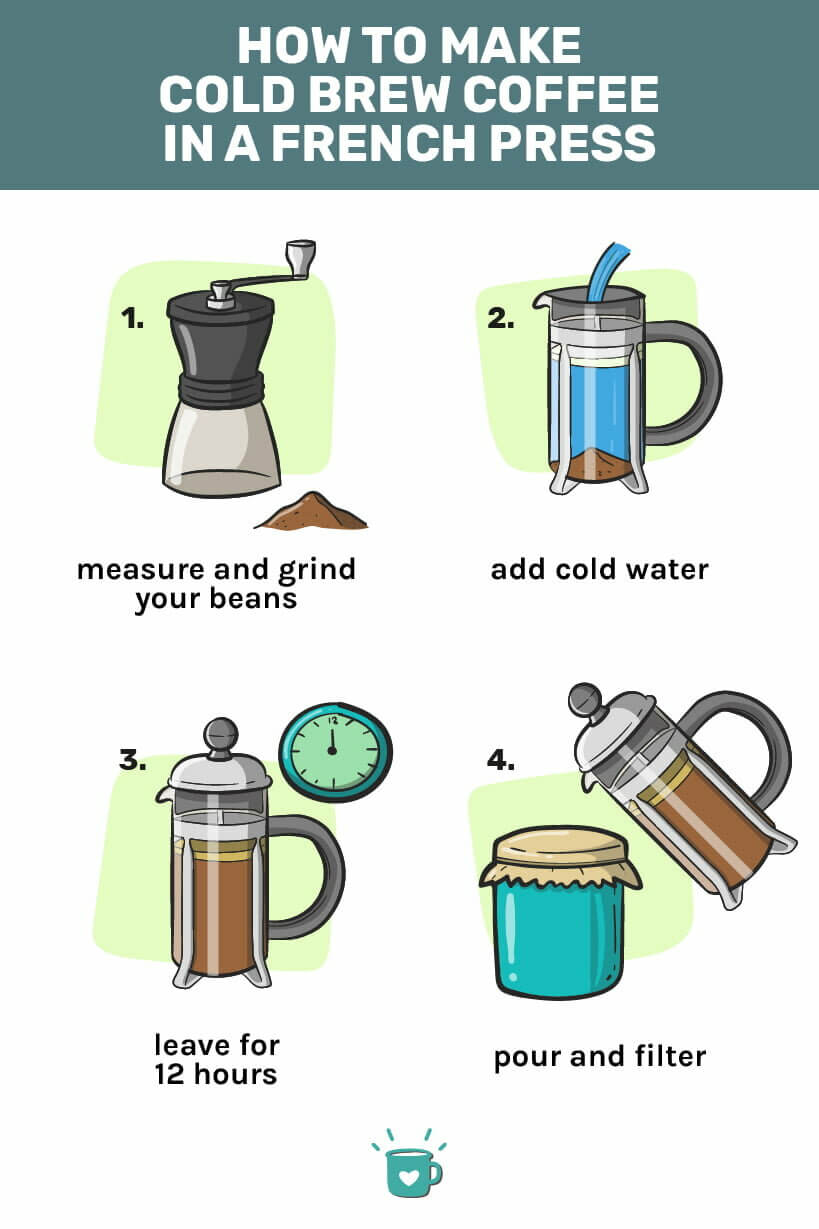
Tips for a Perfect French Press Coffee
Water Temperature and Brewing Time
For a delicious cup of French press coffee, pay attention to the water temperature and brewing time. Start by heating water to around 200°F (93°C), just below boiling point. This temperature helps extract the full flavor from coffee grounds. Allow the freshly boiled water to sit for a minute before pouring it over the coffee to prevent scorching the grounds.
Next, let the coffee steep for about 4-5 minutes. This allows enough time for the coffee to infuse and develop its rich flavors. Brew time can be adjusted to your taste preference and the grind size of your coffee. Finally, gently press down the plunger to separate the brewed coffee from the grounds.
Stirring for an Even Extraction
To ensure an even extraction and consistent flavor, give the coffee a gentle stir after pouring in the water. This action helps to fully saturate the coffee grounds, ensuring that every particle is equally exposed to the water. Stirring also helps prevent any dry pockets that may result in an uneven extraction.
Achieving the Desired Strength and Flavor
If you prefer a stronger cup of coffee, increase the amount of coffee grounds in the French press. A general guideline is to use a ratio of 1:15, one part coffee to 15 parts water. Experiment with different ratios to find your preferred strength and flavor.
Remember to enjoy your French press coffee immediately after brewing as it can continue to extract and become bitter if left in the press for too long. With these tips, you will be able to brew a perfect French press coffee and savor its rich, full-bodied taste.

Troubleshooting Common Issues
Experiencing Sediment in the Coffee
If you find sediment in your coffee after using a French press, don't worry, it's a common issue. To minimize this, follow these steps:
-
Use coarse grind coffee: Finely ground coffee tends to create more sediment. Opt for a coarser grind to reduce the amount of sediment in your brew.
-
Let the coffee sit: After pressing down the plunger, wait for a minute or two before pouring your coffee. This allows the grounds to settle at the bottom, minimizing the amount of sediment that ends up in your cup.
-
Pour slowly and avoid stirring: When pouring your coffee, pour slowly, and try not to agitate the settled grounds at the bottom. This will help keep the sediment from being disturbed and entering your cup.
Dealing with Weak or Bitter Coffee
If your French press coffee tastes weak or bitter, here are a few tips to improve the flavor:
-
Adjust the brewing time: If your coffee tastes weak, try increasing the brewing time by a minute or two. If it tastes bitter, shorten the brewing time to reduce the intensity.
-
Experiment with coffee-to-water ratio: The ideal ratio is 1:15, one part coffee to 15 parts water. Adjusting this ratio can help you achieve a better balance between strength and flavor.
-
Use freshly ground beans: Grind your coffee beans just before brewing to ensure maximum freshness and flavor. Stale coffee can taste weak or bitter.
Solving Leaks and Spills
If your French press is leaking or spilling, here's what you can do:
-
Check the seal: Make sure the rubber seal on the plunger is properly attached and in good condition. If it's worn out or damaged, replace it to prevent leaks.
-
Don't push too hard: When pressing down the plunger, avoid applying excessive force. This can cause the brew to seep through the sides of the filter and result in leaks.
-
Be gentle when pouring: When pouring your coffee, pour slowly and steadily to prevent spills. Tilting the spout slightly can help control the flow and minimize the risk of accidents.
Remember, troubleshooting common issues with your French press is part of the process. With a little practice and experimentation, you'll be able to brew a perfect cup of French press coffee every time.
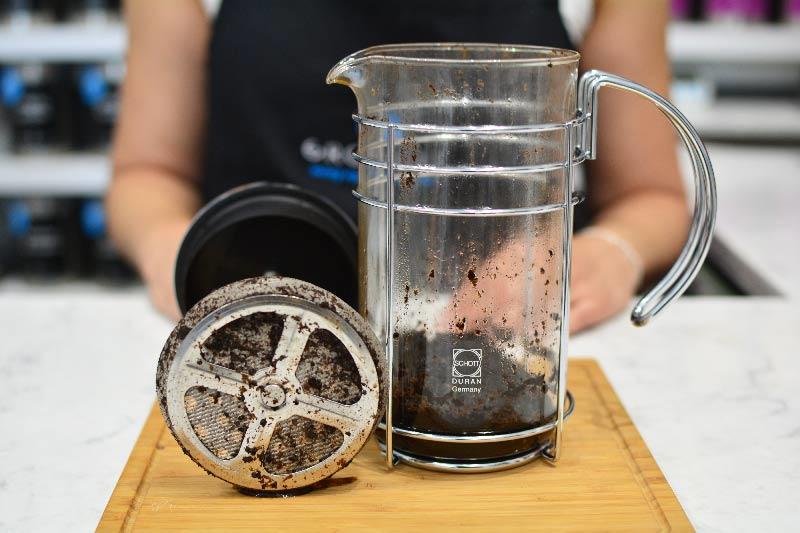
Cleaning and Maintaining Your French Press
Disassembling and Cleaning the Components
As a coffee lover, you know the importance of keeping your French press in top-notch condition to enjoy a delicious cup of joe every day. Here's a simple guide to help you clean and maintain your French press:
-
Disassemble the Components: Start by separating the plunger, filter, and glass beaker. This will make it easier to clean each part thoroughly.
-
Rinse the Components: Rinse the plunger, filter, and beaker with warm water to remove any remaining coffee grounds.
-
Scrub the Plunger and Filter: Use a non-abrasive sponge or brush to scrub the plunger and filter. Pay special attention to removing any coffee residue.
-
Clean the Glass Beaker: Wash the glass beaker with warm, soapy water. You can use a mild dish soap or a coffee-specific cleaning solution.
-
Dry and Reassemble: After cleaning, allow all the components to air-dry completely. Once dry, reassemble your French press and it's ready to use again.
Removing Stains and Residue
To keep your French press looking clean and shiny, you can follow these tips to remove stains and residue:
-
Baking Soda and Water: Create a paste by mixing baking soda and water. Apply the paste to the stained areas and let it sit for a few minutes before scrubbing gently and rinsing.
-
White Vinegar Soak: Fill the glass beaker with equal parts white vinegar and water. Let it soak for about 15 minutes, then scrub away any remaining stains before rinsing thoroughly.
Remember, regular cleaning and maintenance of your French press will not only keep it looking great but also ensure that you enjoy the best-tasting coffee every time.

French Press Variations and Recipes
Exploring Different Coffee Types and Blends
Are you a coffee lover looking to enhance your French press experience? The French press is a classic and beloved method for brewing coffee that brings out rich flavors and aromas. Here are some tips to help you discover new coffee types and blends to use with your French press:
-
Single-Origin Coffee: Try exploring different single-origin coffees, which are sourced from a specific region or farm. Each origin produces its own unique flavor profile, allowing you to discover a wide range of tastes from around the world.
-
Blends: Experiment with different coffee blends that combine multiple beans. Blends are often designed to achieve a specific flavor profile, such as a balanced and well-rounded taste, or a more bold and robust flavor.
-
Light, Medium, and Dark Roasts: Roasting levels greatly impact the taste of coffee. Light roasts have a more acidic and fruity flavor, while medium roasts offer a balanced profile. Dark roasts have a rich and intense taste. Try different roasts to find your preferred flavor.
-
Flavored Coffee: If you enjoy a little bit of indulgence, try flavored coffees like vanilla, caramel, or hazelnut. These add an extra touch of sweetness and aroma to your French press brew.
Remember, the key to finding your perfect French press brew is experimentation. Don't be afraid to try different coffee types, blends, and roasts to discover your favorite flavors. Enjoy the process and savor each cup of coffee that you brew with your French press.

The Pros and Cons of Using a French Press
Drawbacks and Limitations to Consider
Are you a coffee lover looking for a new way to brew your favorite cup of java? Then the French press might be just what you need! With its simple design and rich flavor extraction, the French press has become a popular choice for coffee enthusiasts around the world. But before you invest in one, it's important to know the pros and cons.
Pros of Using a French Press:
-
Full-flavored Coffee: The French press allows for maximum flavor extraction since it doesn't use a paper filter, which can absorb essential oils and flavors.
-
Control Over Brewing Time: With a French press, you have control over the brewing time, allowing you to adjust the strength of your coffee to your liking.
-
Simplicity: Using a French press is easy and doesn't require any complicated machinery or equipment. It's a straightforward method that anyone can master.
Cons of Using a French Press:
-
Gritty Sediment: One drawback of using a French press is that it can sometimes result in a gritty texture due to the coffee grounds that pass through the mesh filter.
-
Requires Coarse Grind: To prevent excessive sediment, you'll need to use a coarse grind, which may limit your options if you prefer finer coffee grounds.
-
Requires Manual Effort: Unlike automatic coffee makers, a French press requires manual effort to press the plunger and strain the coffee.
Overall, the French press provides a simple yet effective method of brewing coffee with maximum flavor. While it does have a few limitations, its pros often outweigh the cons, making it a worthwhile addition to any coffee lover's collection.

Frequently Asked Questions
Common Queries about French Press Brewing Answered
Are you curious about how to make the perfect cup of coffee using a French press? Look no further! Here are some common questions answered to help you become an expert in using this brewing method.
How do I use a French press?
To use a French press, start by adding coarsely ground coffee to the empty carafe. Then, pour hot water over the coffee, making sure all grounds are saturated. Let it steep for about four minutes, then slowly press down on the plunger to separate the coffee grounds from the liquid. Finally, pour the brewed coffee into your favorite cup and enjoy!
What grind size should I use?
For French press brewing, it is recommended to use a coarser grind size. This ensures that the grounds are not too fine, as they could slip through the mesh filter and leave sediment in your coffee.
How long should I steep the coffee?
The ideal steeping time for French press coffee is about four minutes. This allows enough time for the flavors to be extracted from the ground coffee, resulting in a rich and flavorful cup.
How do I clean a French press?
Cleaning a French press is simple. After emptying the coffee grounds, rinse the carafe and plunger with warm water. For a deeper clean, use a mild detergent or baking soda to remove any residue. Make sure to rinse thoroughly before using it again.
With these frequently asked questions answered, you are now equipped with the knowledge to brew the perfect cup of coffee using a French press. Enjoy your coffee brewing adventure!

